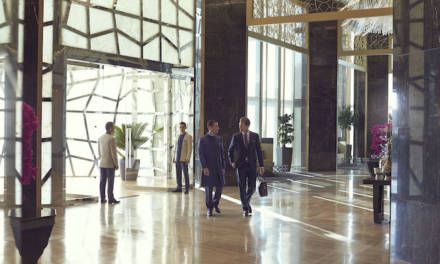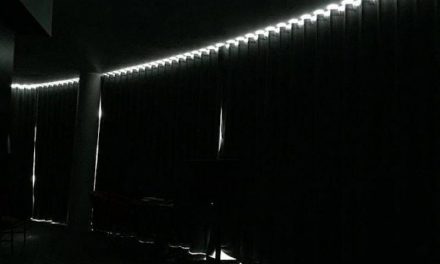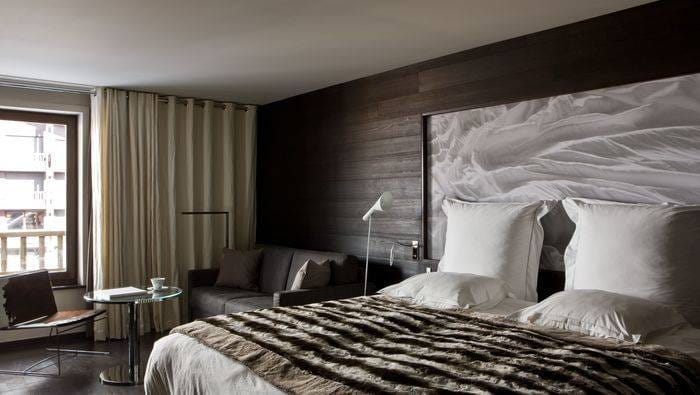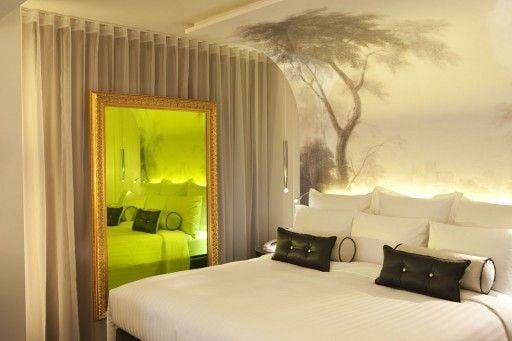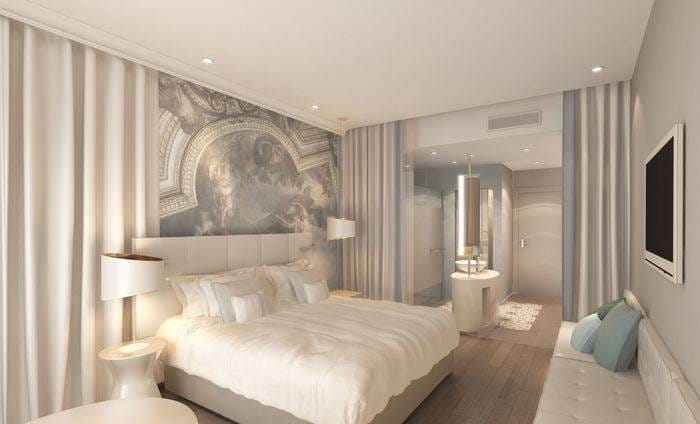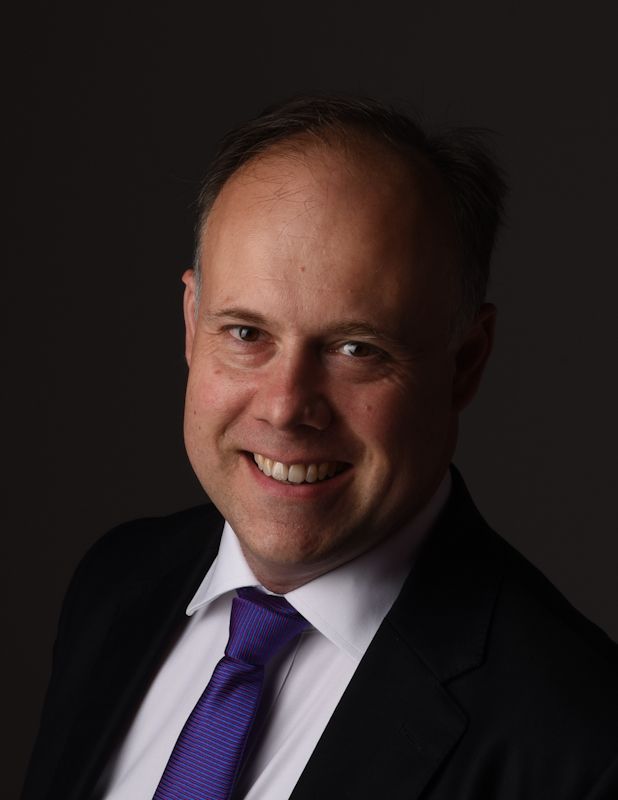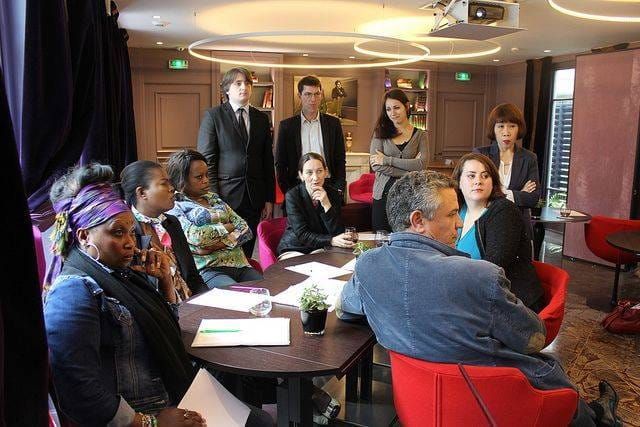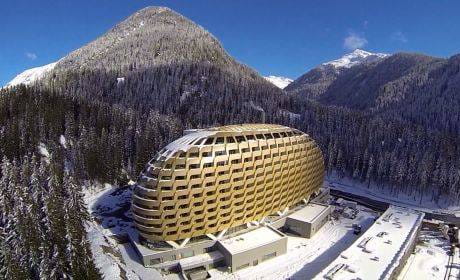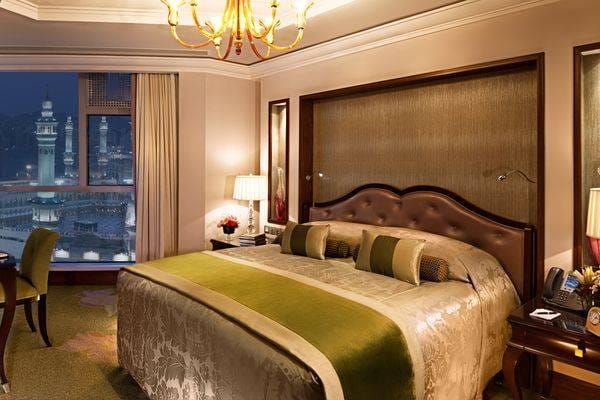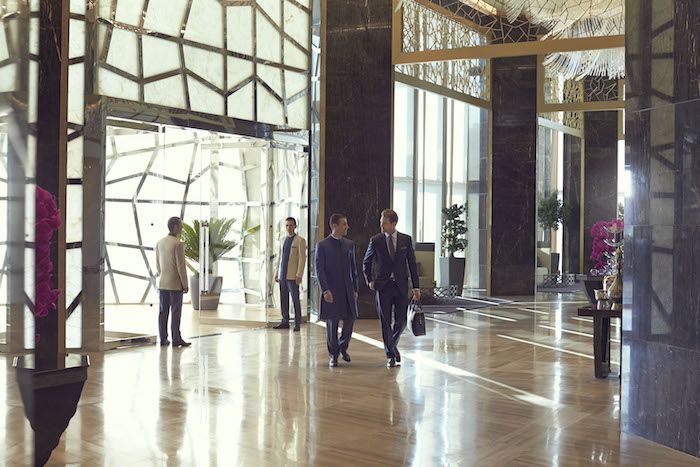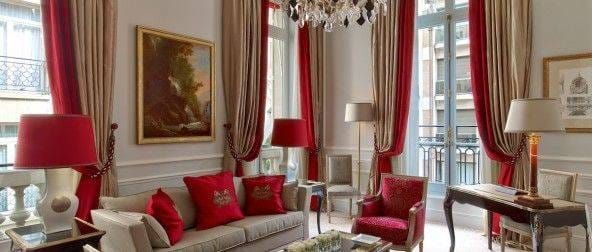Jean-Philippe Nuel
In conjunction with Journal des Palaces, I co-organized a round table around the theme of “Shifts in Renovations at High-End and Luxury Hotels.”
Jean-Philippe Nuel, interior designer and head of the architectural agency Agence Nuel, Olivia Putman, designer and director of Studio Putman, and Max Flageollet, director of Ligne Roset Contracts, were invited to take part in this round table.
I invite you to discover my interviews with these three individuals around the same questions so that you can learn more about their points of view. Below you can read my interview with Jean-Philippe Nuel:
Brief Biography:
Between designing the first Baccarat Hotel in Dubai, a Taj hotel in India, the Grand Balcony boutique hotel in Toulouse, and the transformation of the Palace of Justice in Nantes, the projects of Jean-Philippe Nuel follow in consecutive, but not necessarily logical order. However, they each share one point in common: they are luxury hotels, a domain in which Jean-Philippe has asserted himself these last few years as one of the new international values. What his projects share in common are a certain elegance, a decisively modern air, but also an endless quality of impertinence and glamor.
What distinctions do you make between a 4-star and 5-star hotel when you find yourself in charge of its renovation? What are the differences in terms of product and architecture? What concrete changes might take place in the method of re-doing a room, for instance?
Avenue Lodge
For me, between a 5* and a 4*, there’s no clearly defined line; it has to do more with a collective ensemble of details that allow the luxurious character of the hotel to evolve. The details might concern the choice of materials (with perhaps a more elevated choice of materials for a 5*: genuine leathers, fabrics, etc.). The notion of space is also important, but so, too, are the services and technologies offered…
The unique character of the accommodations—whether through works of art, the presence of unique pieces of furniture, or even the work of craftsmen with rare fields of expertise—forms the vectors of luxury.
We find, therefore, a multitude of elements that allow us to identify a hotel as 4* or 5*.
These last 10 years have witnessed a revolution: one in which the code of luxury hotels (5*) are no longer necessarily conveyed through a classic code with stylish furniture. On a practical level, when you have a renovation designed for a change of categories, it would be convenient to develop point scales that allow us to see the entire criteria of factors taken into account and thus organize the work in such a way as to accumulate the maximum number of points.
How does sustainable development influence you in the choice of materials and the design of the hotel?
Renaissance le Parc Trocadéro
Sustainable development is centered along three axes:
- Accounting for the projected architectural design of the building
- Technological choices in terms of heating, ventilation, electricity, and
- The choice of materials that label themselves as sustainable
The first two factors are largely determined by the architect. The third draws more work from the interior architect.
Where the design is concerned, I look to certain projects where sustainable development played an important factor, to convey this idea within the very expression of the interior architecture. In this case, one can talk about “green design,” but sustainable development is no longer only an affair of norms. It also gives meaning to a project, allowing for an instinctive communication to its users.
How can the French art of welcoming translate itself into the renovation or construction of a hotel? In what way can the French art of welcoming influence architecture? Can you give us an example?
Hôtel MGallery à Trouville
I have been taken aback several times on projects abroad from clients who have said to me, in a generally positive manner, “That’s so French.” It could be about the detail of a fabric, the association of materials, or even the general atmosphere of a design.
What’s interesting to me is that these elements had not always been intentionally put in place to signal: “Behold the elegance of the French.” It is my belief, in fact, that each country continues to possess its own culture that expresses itself naturally in a multitude of creative domains.
It’s the result of a deeply profound culture, an environment that, over the course of many years, permeates and endows each person with particularities that, I hope, might endure even in the face of modernization.
Laurent Delporte, an editor and conference speaker, is a strategic expert in the sector of hotels. A visionary, he brings his unique look on hotels in service to the decision-makers in the industry, whether to enhance the development of new projects or strategic visions.
Laurent has visited and audited over 350 hotels across the world and also participates in mystery visits to provide quality control for the world’s finest hotels.


 HOME
HOME